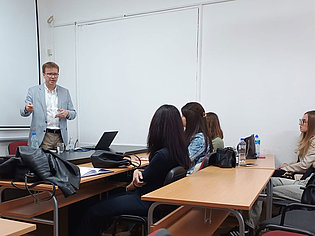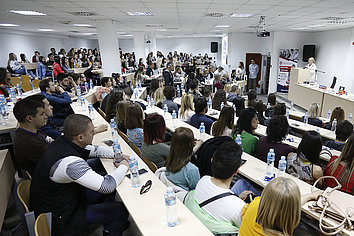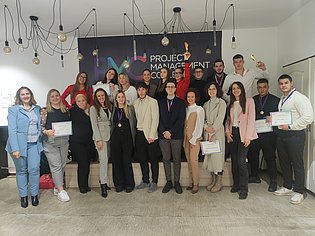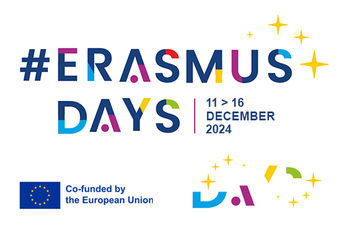Erasmus is a European Union programme created in 1987 from the idea of student exchange between European universities. ERASMUS also stands for the European Region Action Scheme for the Mobility of University Students. Countries participating in the programme are divided into programme and partner countries. Since 2019, Serbia has had the status of a programme country, together with the European Union countries, Liechtenstein, Iceland, Norway, Turkey, and North Macedonia.
More than 90 percent of students have improved their soft skills, such as knowledge of other countries, ability to interact and work with people from different cultural backgrounds, adaptability, communication in a foreign language, and communication skills.
Moreover, 80 percent of Erasmus programme alumni find a job within three months.
According to 2014 data, in most cases, students improve their knowledge of the language of instruction during the exchange.
WHAT IS ERASMUS PLUS?
This is probably the first student exchange you've heard of. Erasmus Plus is a European Union programme that started in January 2014 and aims to support education, training, youth, and sports across Europe.
Any person who has the student status and is not a freshman can apply for this exchange, which lasts one or two semesters. An exchange student receives a monthly scholarship, the amount of which depends on the country for which they apply, which covers the accommodation and transportation costs. The application process itself is not complicated and includes several steps.
By visiting the website of your higher education institution or going to the international cooperation office at your faculty, you can find out which institutions your university/college has signed the Erasmus Plus contract with, as well as which calls are currently open. Keep in mind that calls are announced at least one semester in advance. If no call suits you at a given moment, this does not mean that some new ones will not be announced soon. So stay up to date!
While looking for the universities you find the most interesting, pay special attention to the fact that the courses you need to take during your studies match the courses offered by the receiving institution. Most often, you will not find courses with the same name, but by reading the description and comparing the ECTS of each of them, you can find those most similar. At least 60% of the curriculum has to match the courses you intend to have recognized in Serbia, but it is best to consult the course professors and the academic coordinator of your faculty. Keep in mind that the more course exams you take abroad, the less work awaits you upon your return from the exchange.
Download the GUIDE.






